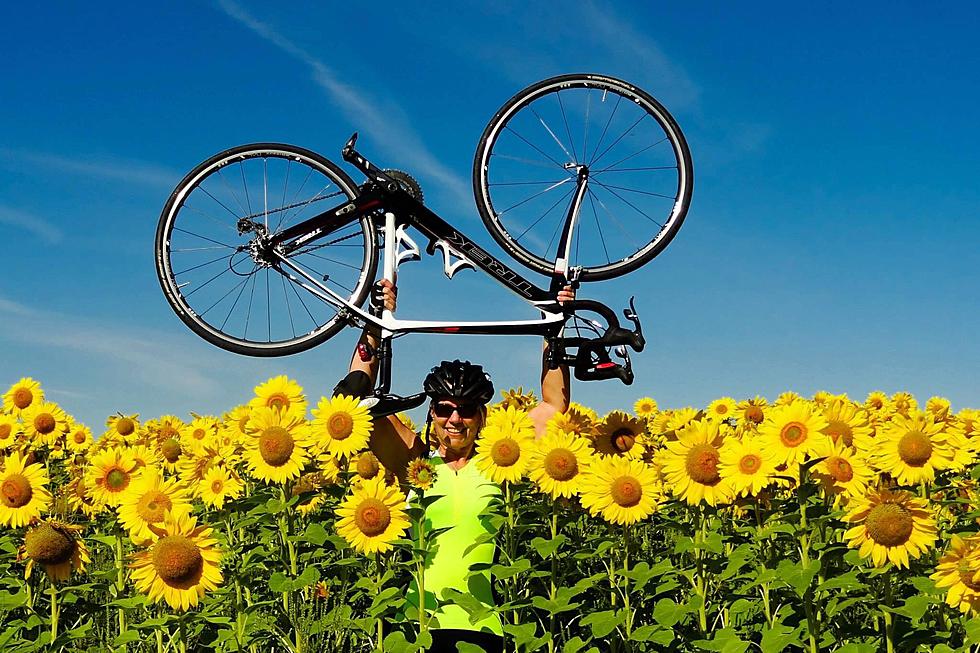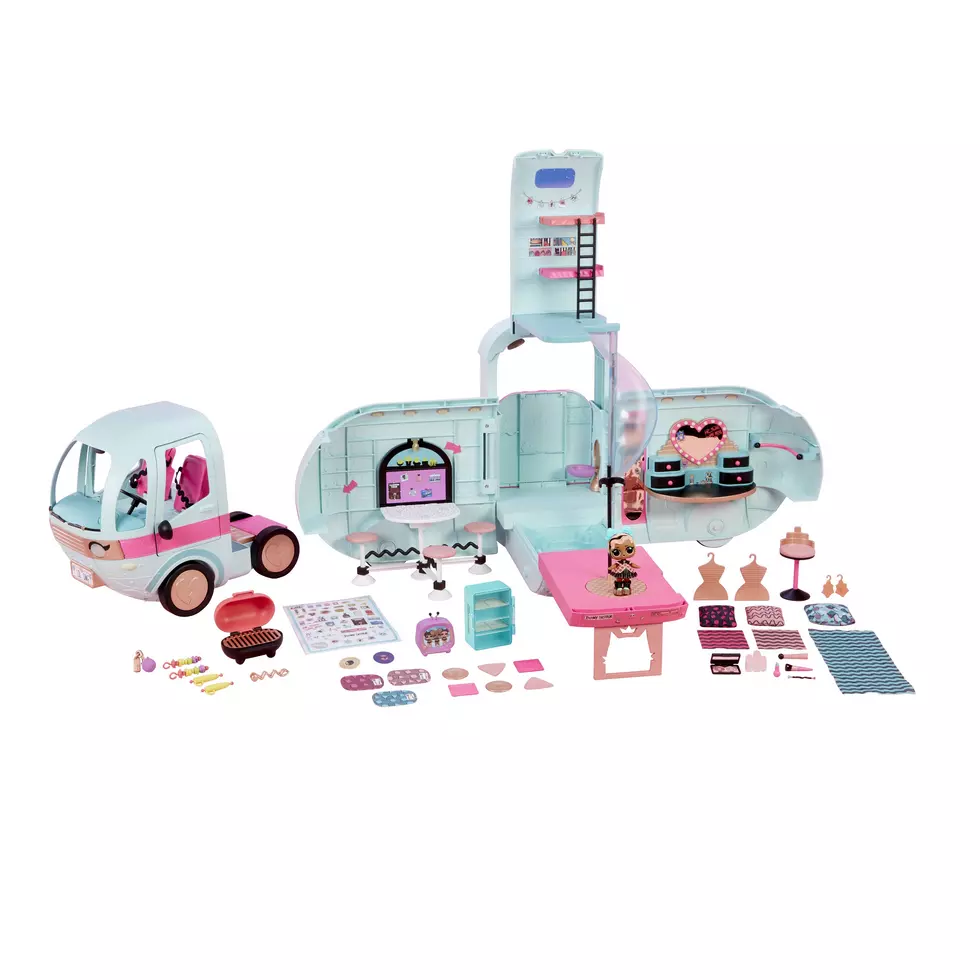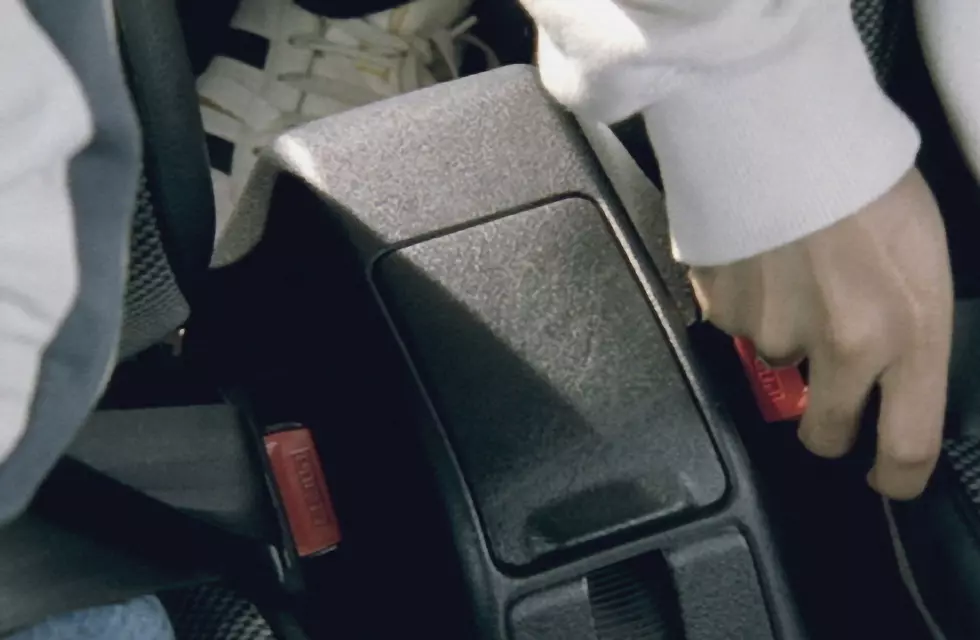
7 Tips to Keep Kids Safe Walking and Biking
Summer should be a time for children to enjoy. Central New York has seen several children seriously injured or, tragically, killed after being struck by a car. There are steps we can take to prevent these accidents.
According to the Association for Psychological Science, getting hit by a car is the third leading cause of death for kids 5- to 9-years-old, and kids up to age 15 make up a disproportionate number of pedestrian casualties worldwide.
A study reported by the Association for Psychological Science suggests that a child's perception of a vehicle may play a role:
faster moving cars appear to loom less than slow moving cars, creating a dangerous illusion that speedy cars are not approaching. Indeed, the scientists determined that children could not reliably detect a car approaching at speeds higher than 20 miles per hour. What’s more, the kids’ perception of a car’s approach was worse if the car was even slightly off to the side—a realistic condition for typical road crossing—or if they themselves were in motion, as they likely would be.
So how do you keep your kids safe without forcing them to stay in the backyard all the time? Here are 7 things you can do to keep your kids safe while they're walking or biking :
- Walk with your children until you're certain they can handle the responsibility on their own.
- Know where your children walk, so you can talk to them about potential risks or help them find another route.
- Teach children to ALWAYS stop, look both ways and wait for the road is clear before crossing. Remember that children can't always tell how fast a car is approaching.
- Teach your child to walk on the sidewalk, and if there is no sidewalk, to walk facing traffic.
- Dress your child in bright colors to increase visibility and if they must walk in the dark, be certain they are wearing reflective clothing or, ideally, carrying a flashlight.
- If your child is on a bike, be sure they wear a helmet that is properly fitted.
- Make sure children understand the risks of vehicles exiting driveways. Teach them to be aware of reverse and brake lights, and what they mean.
(Some of these tips were provided by the Law Firm of Pajcic & Pajcic. You can read the full list at pajcic.com.)
Drivers also bear responsibility for safety whenever your vehicle is in motion, whether it's backing out of a driveway or parking space, or driving down the road.
- Always be aware of your surroundings; scan the road ahead for potential issues.
- Use your mirrors and physically turn to look at the area around your vehicle before backing up.
- Don't text and drive; minimize distractions in your vehicle.
Let's keep our kids safe.
BONUS VIDEO:
More From Lite 98.7









